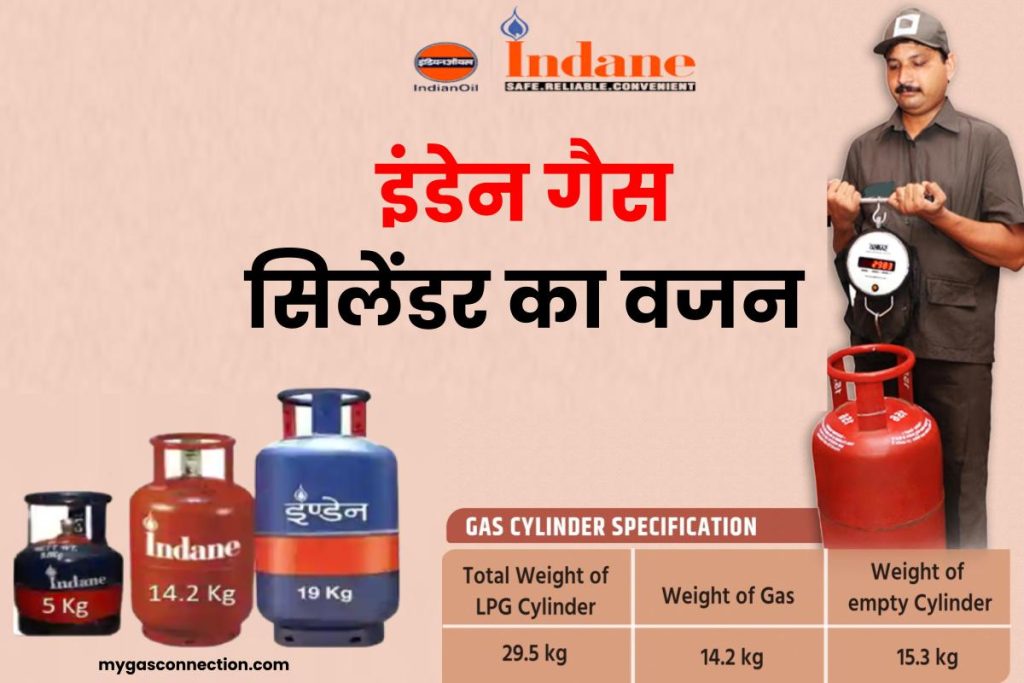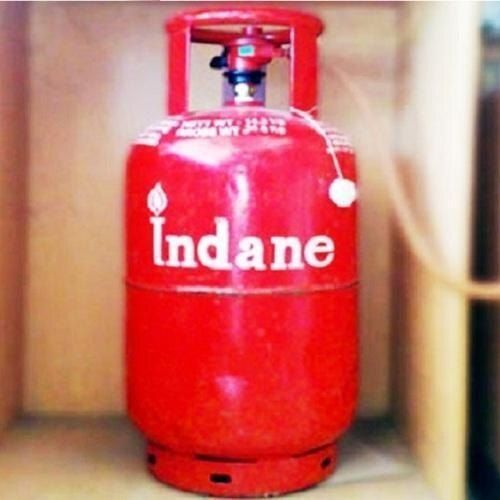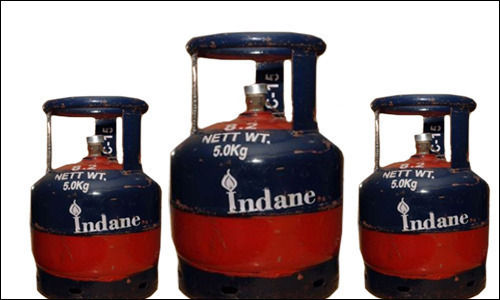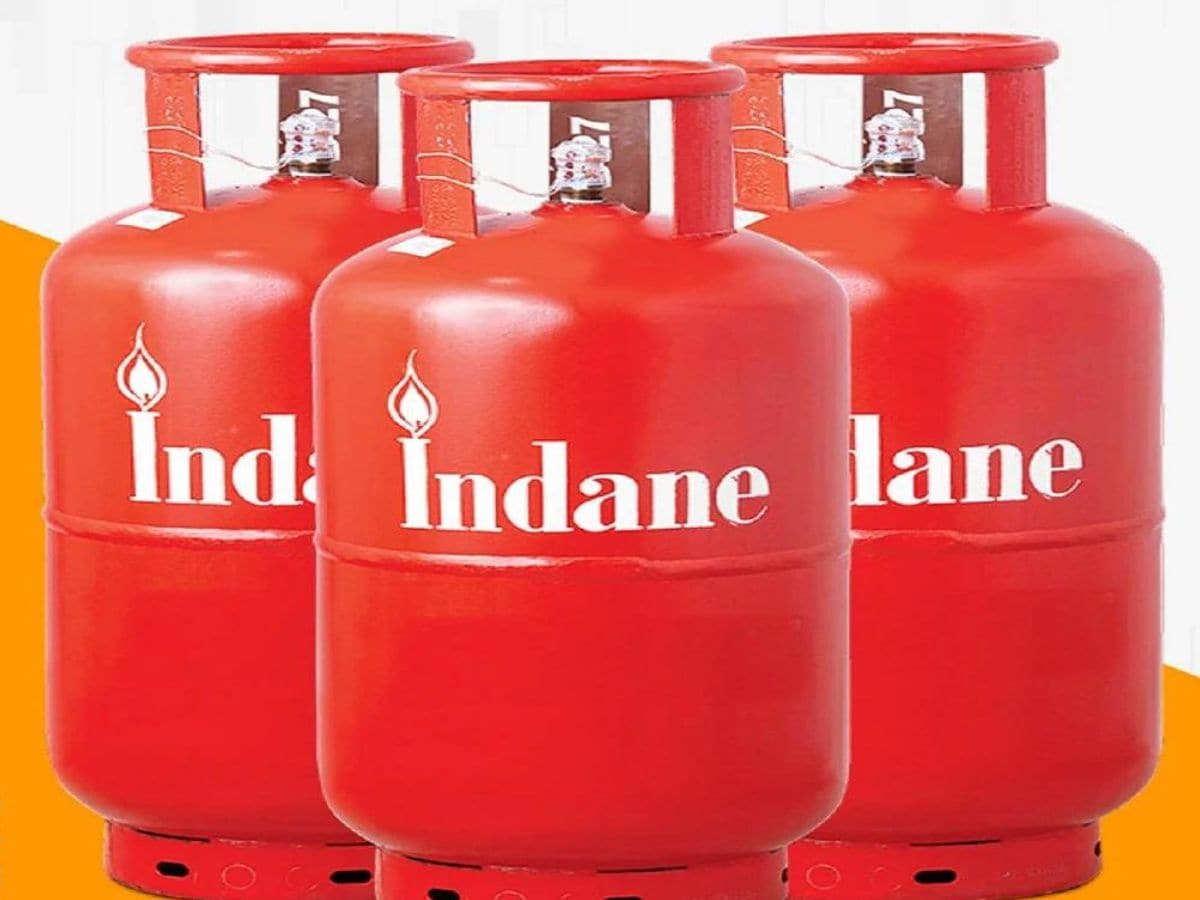Indian Domestic Gas Cylinder Weight

The humble LPG cylinder, a kitchen staple in millions of Indian homes, has become a focal point of increasing consumer concerns. A perceived discrepancy between the stated weight and the actual content delivered has fueled anxieties about fair pricing and potential malpractices within the domestic gas distribution system.
The core issue revolves around the declared net weight of a standard domestic LPG cylinder, typically 14.2 kilograms, and whether consumers are consistently receiving that amount. Allegations of underfilling, coupled with a lack of readily accessible and reliable verification mechanisms for the average citizen, are eroding trust and prompting calls for greater transparency and accountability from gas companies and regulatory bodies.
Understanding the Weight Specifications
According to official guidelines, the weight stamped on the cylinder represents the tare weight (the weight of the empty cylinder) plus the net weight of the LPG. Oil Marketing Companies (OMCs), such as Indian Oil Corporation Limited (IOCL), Bharat Petroleum Corporation Limited (BPCL), and Hindustan Petroleum Corporation Limited (HPCL), are responsible for ensuring accurate filling at their bottling plants.
The Petroleum and Explosives Safety Organisation (PESO), the regulatory authority, oversees the safety and compliance aspects of LPG distribution, including weight verification at the bottling plants. They conduct periodic checks to ensure adherence to established standards. The responsibility of ensuring the net weight is not solely on the OMCs but extends to distributors who are expected to deliver full cylinders to consumers.
Consumer Concerns and Grievances
Despite the regulatory framework, consumer complaints about underfilled cylinders persist. Many consumers report feeling cheated, especially given the rising prices of LPG. These concerns are often amplified on social media platforms, where users share anecdotes and purported evidence of weight discrepancies.
The problem is compounded by the difficulty in independently verifying the weight. Most households lack the appropriate weighing scales to accurately measure the cylinder's contents. Consumers are largely reliant on the integrity of the delivery process and the assurances of the distributors.
Distributor Perspectives
Distributors maintain that underfilling is not a widespread practice and often attribute perceived weight differences to factors such as temperature fluctuations and residual gas left in empty cylinders collected from consumers. They also point to the rigorous checks conducted at bottling plants and the potential for penalties if discrepancies are found.
However, some distributors acknowledge that isolated incidents of malpractice may occur, often involving unauthorized individuals in the supply chain. They emphasize the need for greater vigilance and consumer awareness to combat such issues.
Government Initiatives and Consumer Protection
The government has introduced several initiatives to enhance transparency and protect consumer interests. These include the provision of subsidized LPG connections under the Pradhan Mantri Ujjwala Yojana (PMUY) and the Direct Benefit Transfer (DBT) scheme, which provides subsidies directly to consumers' bank accounts.
Furthermore, OMCs have established grievance redressal mechanisms, including toll-free helplines and online portals, to address consumer complaints. The Ministry of Petroleum and Natural Gas actively monitors these mechanisms and takes corrective action where necessary.
Consumer awareness campaigns are also conducted to educate citizens about their rights and responsibilities, including how to identify and report potential irregularities. However, the effectiveness of these measures in addressing the core issue of weight discrepancies remains a subject of debate.
The Way Forward: Enhanced Transparency and Accountability
To effectively address consumer concerns about LPG cylinder weight, a multi-pronged approach is needed. This includes strengthening regulatory oversight, enhancing consumer awareness, and improving the transparency of the distribution system.
Investing in readily accessible and affordable weight verification tools for consumers could empower them to independently check the contents of their cylinders. Furthermore, implementing stricter penalties for distributors found guilty of malpractice would serve as a deterrent.
Ultimately, restoring consumer trust in the LPG distribution system requires a commitment to accountability and transparency from all stakeholders, including OMCs, distributors, and regulatory bodies. The future demands a robust system where consumers can be confident that they are receiving the quantity of gas they are paying for.
















